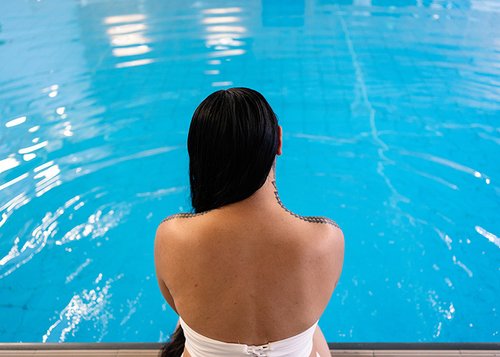Chief Censor David Shanks ends his term
Chief Censor David Shanks finishes his term at Te Mana Whakaatu – Classification Office tomorrow.
David Shanks was initially appointed on 8 May 2017 for a three-year term and was reappointed for a further two-year term. Deputy Chief Censor Rupert Ablett-Hampson will undertake his duties until his replacement is appointed.
“The past five years have seen vast change and challenges for Aotearoa and for my team at Te Mana Whakaatu – Classification Office,” David Shanks said.
“It’s been an incredible time to hold the responsibility of being Chief Censor leading an independent Crown entity that is dedicated to protecting and supporting New Zealanders, while also upholding freedom of expression.
“I’m pleased to have overseen changes which mean shows and films on commercial streaming platforms now carry New Zealand age and content warnings. However, classifying commercial content, with notable exceptions like suicide content in 13 Reasons Why, has not been where we’ve faced the toughest challenges.
“The livestream of the March 15 Mosque attacks sent shock waves around the world and inspired other killers to follow. Classifying that video objectionable, and those of copycats like the Halle killer in Germany, highlights how the digital world is changing.
“Anyone can produce and share content to large audiences and some of those people want to harm others. Research the office will release shortly looks at New Zealanders’ concerns about content harms. Whether it’s a child suffering trauma from seeing a violent death, a rape victim being triggered by seeing sexual violence or a teenage girl being force-fed algorithm driven videos about anorexia, the harms are real.
“I see research as critically important to try to keep pace with the ever evolving challenges, and I am particularly proud of our youth-focussed pornography research and last year’s report into misinformation in Aotearoa. We have also increasingly consulted experts and affected communities on important decisions, and our Youth Advisory Panel provides us with rich insights to inform our work.
“Our research and discussions with New Zealanders have highlighted to me how crucial it is for Government agencies to work together to understand the issues and deliver better results for New Zealanders. A good example of how this can work is our collaboration with the Ministry of Education to create a new resource – Ka huri i te kōrero | Changing the conversations – to support school teachers and parents to talk about pornography with rangatahi. We know young people are seeing pornography – if we don’t talk with them about it we leave it to Pornhub to teach them about sex and relationships.
“This kind of approach of drawing on skills, knowledge and influence from across different agencies is needed for the problems Aotearoa faces in this area. No one agency can stop the rising tide of misogyny, hate speech, racism and misinformation across so much of the internet, but a coordinated approach can make a difference. The digital platforms need to play their part as well, and I welcome recent moves in the EU and UK to set standards and require transparency from industry. The Government’s Content Regulatory Review provides a real opportunity to look at these developments, to listen to New Zealanders, and to explore how a Te Tiriti partnership approach could shape a new model to work for all New Zealanders.
“I am not yet in a position to announce future work plans but would like to take this opportunity to thank my team and partners across Government, industry and civil society who have made the role so rewarding.”
Subscribe to our news
Stay up to date with news from the Classification Office.


